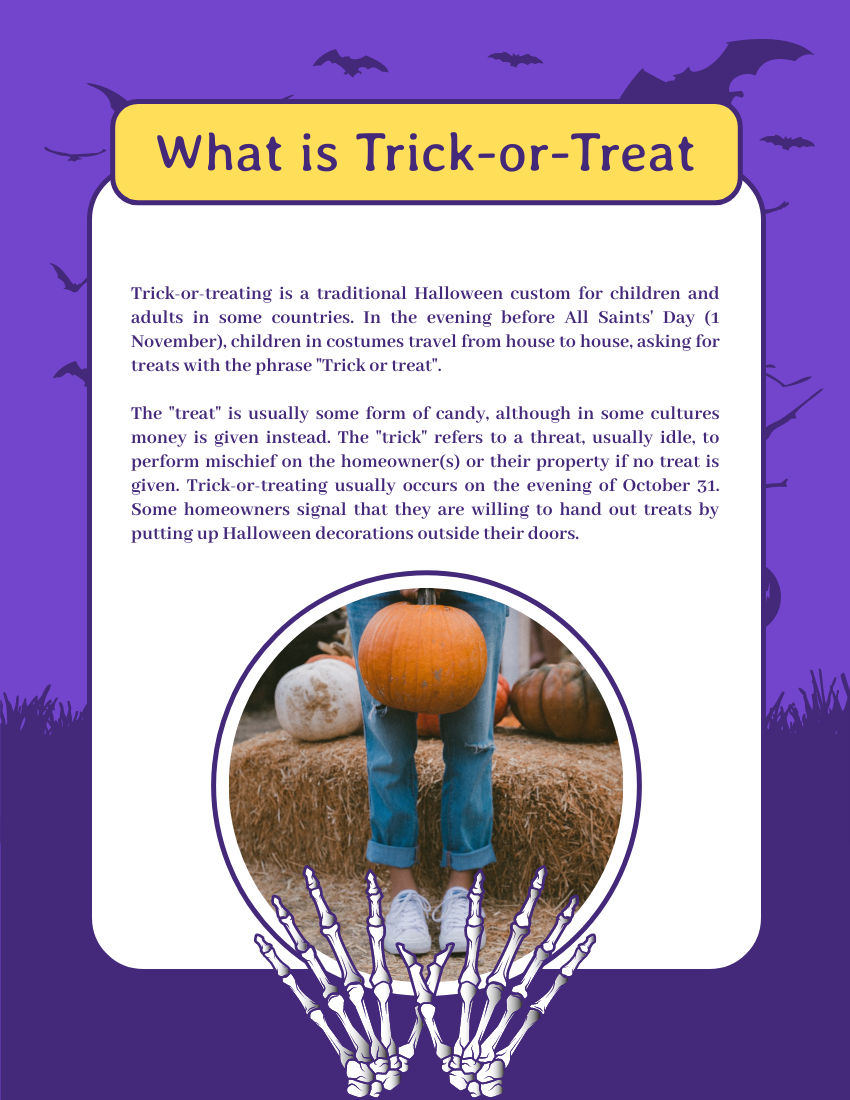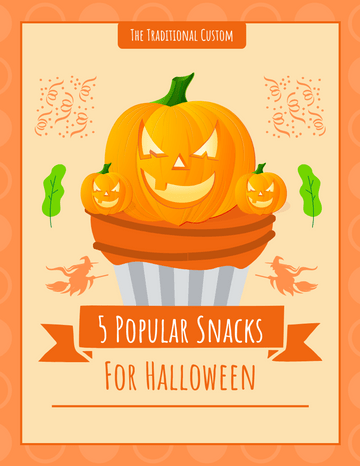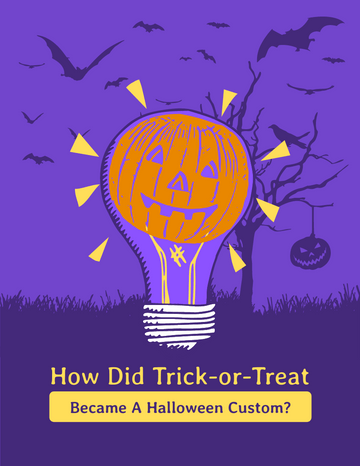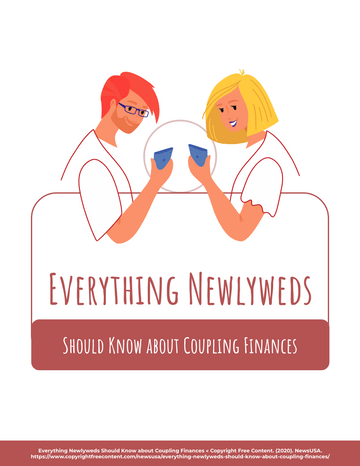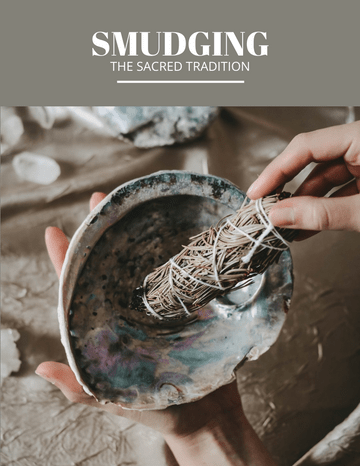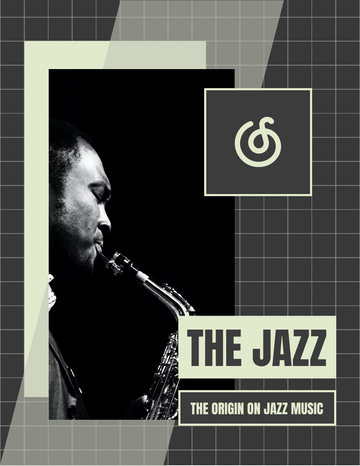How Did Trick-or-Treat Became A Halloween Custom?
What is Trick-or-Treat
Trick-or-treating is a traditional Halloween custom for children and adults in some countries. In the evening before All Saints' Day (1 November), children in costumes travel from house to house, asking for treats with the phrase "Trick or treat". The "treat" is usually some form of candy, although in some cultures money is given instead. The "trick" refers to a threat, usually idle, to perform mischief on the homeowner(s) or their property if no treat is given. Trick-or-treating usually occurs on the evening of October 31. Some homeowners signal that they are willing to hand out treats by putting up Halloween decorations outside their doors.
The Origin of Trick-or-Treat
Since the Middle Ages, a tradition of mumming on a certain holiday has existed in parts of Britain and Ireland. It involved going door-to-door in costume, performing short scenes or parts of plays in exchange for food or drink. The custom of trick-or-treating on Halloween may come from the belief that supernatural beings, or the souls of the dead, roamed the earth at this time and needed to be appeased. It may otherwise have originated in a Celtic festival, Samhain, held on 31 October–1 November, to mark the beginning of winter, in Ireland, Scotland and the Isle of Man, and Calan Gaeaf in Wales, Cornwall, and Brittany. The festival is believed to have pre-Christian roots. In the 9th century, the Catholic Church made 1 November All Saints' Day. Among Celtic-speaking peoples, it was seen as a liminal time, when the spirits or fairies (the Aos Sí), and the souls of the dead, came into our world and were appeased with offerings of food and drink. Similar beliefs and customs were found in other parts of Europe. It is suggested that trick-or-treating evolved from a tradition whereby people impersonated the spirits, or the souls of the dead, and received offerings on their behalf.
Click to read this booket online now!

